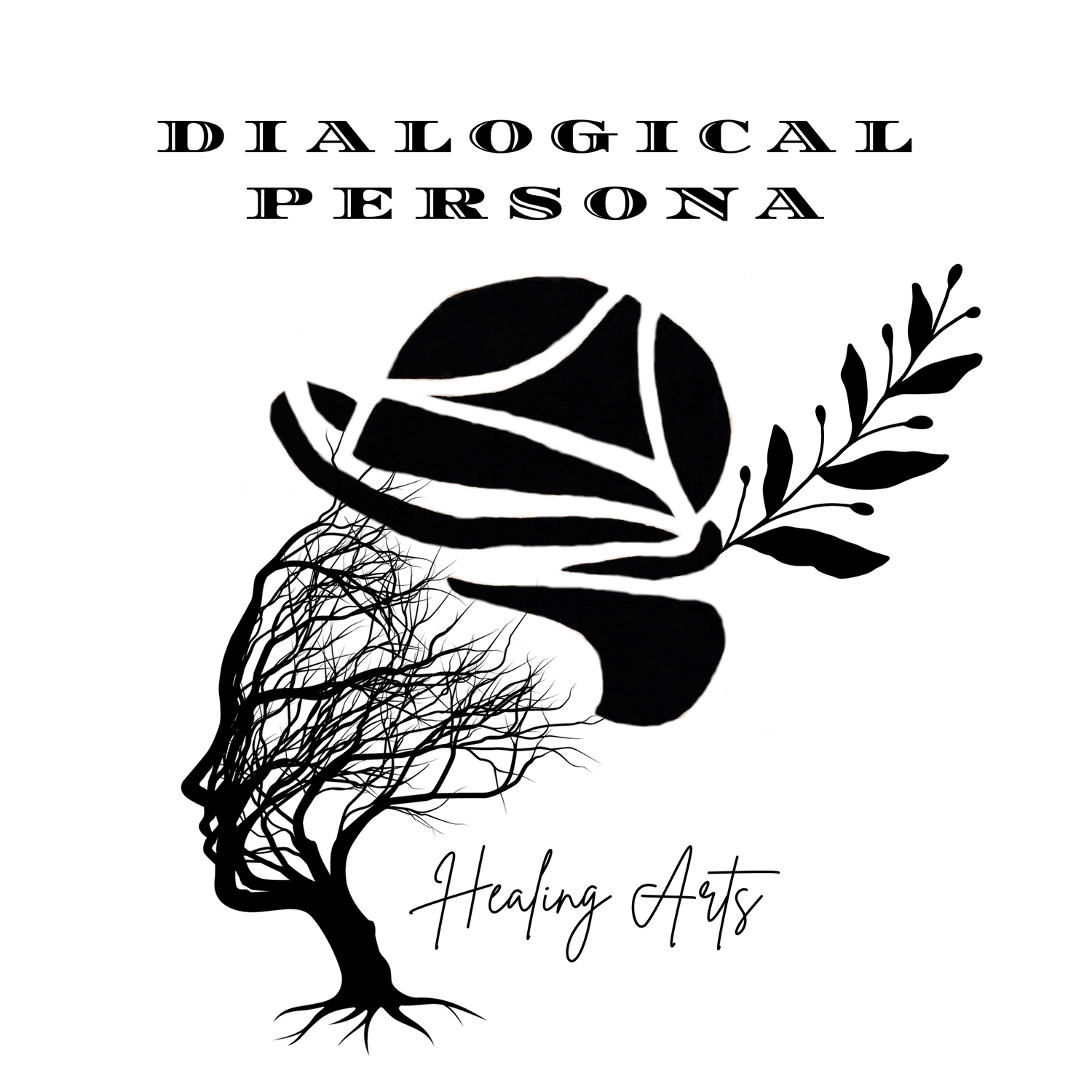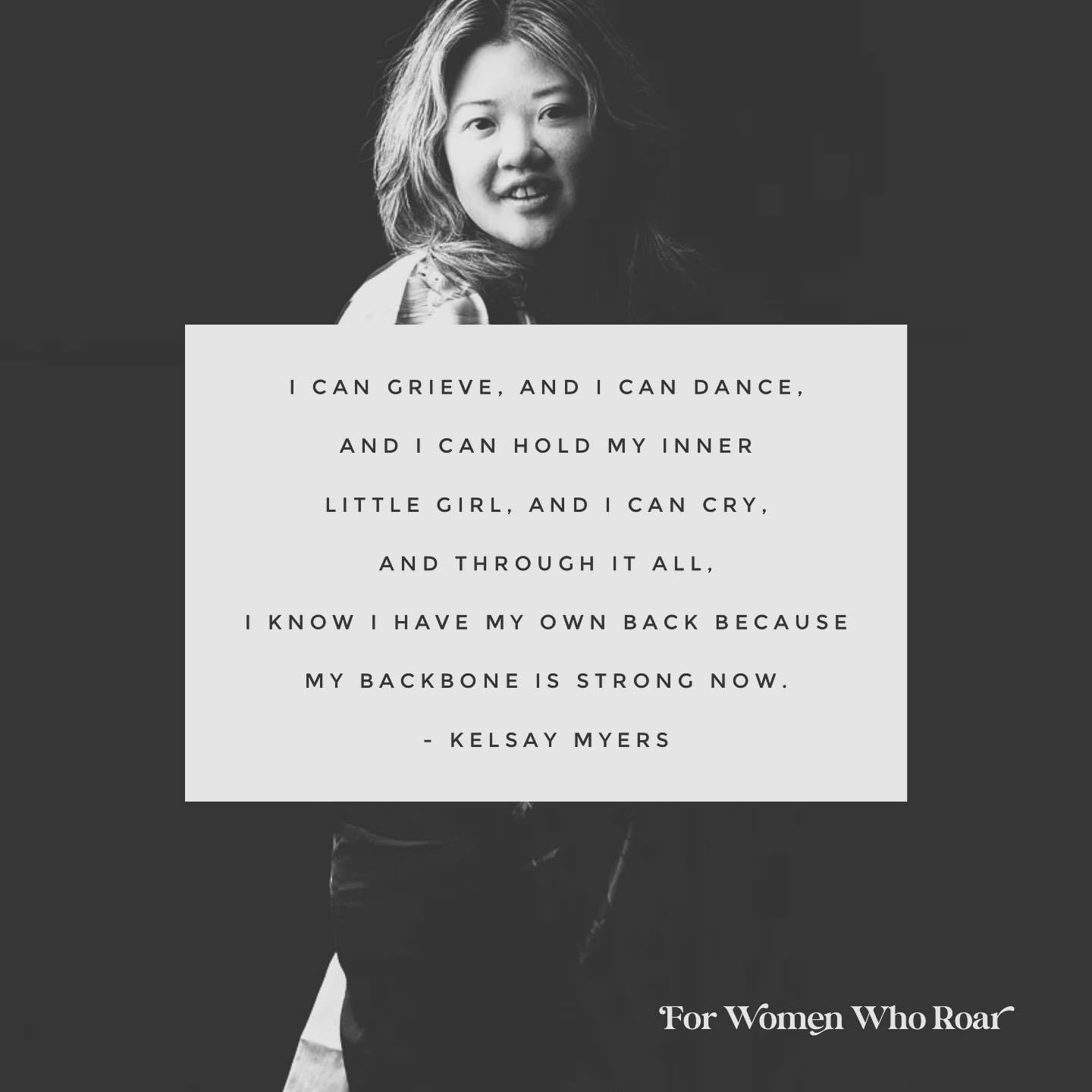The Red Spine Dance
“Trauma is about broken connection. Broken connection to the body, broken connection to our vitality, broken connection to our cells and to others. Trauma is broken connection.”
— Peter Levine, The Collective Trauma Summit 2021
“She will rise. With a spine of steel and a roar like thunder, she will rise.”
— Nicole Lyons
Twelve years ago I had an inkling of what I wanted, though I hadn’t seen it yet—a mirror hanging solid and clear, a reflection of everything I was.
A fancy mirror, a gilded mirror, or at least a mirror like you might find in an Anthropologie catalogue. I bought a red framed corkboard instead to hang in the entryway of all three of my apartments in California. But when I moved into the house I would become a woman in, it no longer made sense to put it in the entryway. I had a roommate, and the entryway became shared space, so I hung it in my office instead.
In my office, it became a collection of the woman I wanted to become: phrases, affirmations, artistic cards, images and objects to embrace my womanhood, the slow red unfolding of my life each year I lived in that house. Now, it hangs above the desk I write at in my new apartment in California, an apartment that is oddly very similar to the last apartment I lived in alone. And here I am, again, alone. And here I am, again, asking: what is my story? What is my life concept? I need a new frame, but I am returning to my old one. It is red and unrelenting.
It is red and unrelenting, but I am not. I am different. I can see it for what it is now, as a thing-in-itself. I wanted to feel, to taste, to embody a grief that has continuously been out of reach—a longing to experience freedom in release from the trauma of separation from my original mother at birth. I’ve been searching for a way to reconnect to the grief in my body and in my cells in order to feel my own vitality.
And I can.
My spine is the place I had been searching for all along. It is the place that connects me to my lineage. It is the place that connects me to my blood tears, and it is the place of fluid movement.
I remember the first time I felt it. It was an afternoon towards the end of October in my thirty-fifth year when I believed everything I was doing and feeling was wrong. My therapist asked me on our Zoom call what that felt like, and I realized it went deep into my lower belly and slowly moved up my spine—blood red and blazing. Guilt had been my foundation, my backbone. I sat upright in bed feeling the truth in my spine, the newness fading into an old, nearly ancient feeling of grief pooling in my sacrum. My sadness there in each vertebra breathing.
With each breath, I extended outwards. I needed to believe in my own strength. I collapsed holding onto the idea of sadness, the longing for it, the idealization of it crystallized in crimson tears—blood red and ready to be reformed. Between extension and collapse, I found my movement invoked a softness, an unlocking of myself with bent knees, surrendering to gravity, curving my spine while reaching out. Letting out the idealization of grief. All the stories of my past extending: my birth and surrendering, tragic love, sexual assault, karmic guilt, the fierce red of an exhale.
At thirty-eight, I have now looked into the eyes of fierceness and heard its wails. They are the wails of an almost sixty year old going on six who screamed at me three times twisting her pale face right in front of mine, so I could feel her red exhales blow on my skin. She got violent when I screamed back. She threw her things directly at me, hitting me in the chest and arm, burned my finger on a hot pan while cooking, but only remembers I finally found the strength in my spine to get up in her face, grabbing her arms and restraining her until I shoved myself back and felt the release of years of held trauma.
A few weeks later, I have my new apartment. Before I moved out, I danced in my office for two hours and held the shapes of my grief. Loosening into each shape slowly, tightly. Tears falling gently as I stared at my reflection in the window, my own witness to the experience of grief uncurling with each undulation of the spine: each curvature, each cavity, each contraction. To experience grief is to move through it, and I danced with my spine, blood red and resisting. I held so tightly my fists: strong fists until they became loose fists, one fist raised high above my head, blood red and blazing.
I looked at the red frame on the wall and noticed some objects have lasted the past decade, like the Christmas card my boss gave me in 2012 with the black and white etching of Mother Mary and baby Jesus, only the yellow-brown hair and a patch of red in the upper corner giving any hint of color, and the picture of a woman without a frame to her face painting her lips into existence I ripped out of a magazine in 2009 and wrote the word “zuihitsu” under. These two images followed me from girlhood to womanhood and into each place I’ve lived in California. A reminder of how we come and go in people’s lives, lift off and pivot, rise and fall, return and release, change and grow.
“The Red Spine Dance” is part of a larger body of work called The Red Collection, which I’ve created a space for in honor of the beautiful journals that have published them so far. This essay was first published by Megan Febuary in the For Women Who Roar anthology on January 4, 2023. Since those links aren’t permanent, I have re-posted it here.

